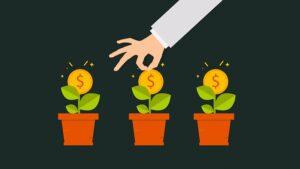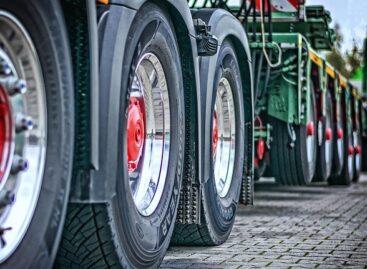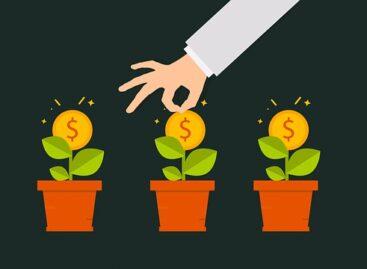Two hundred billion forints are available for agricultural development
From September 17, businesses can apply for two new calls worth a total of HUF 200 billion: HUF 150 billion is available for supporting the complex development of processing plants, while HUF 50 billion is available for smaller-scale investments in livestock farms.

(Photo: Pixabay)
In the new support cycle of the Common Agricultural Policy, the largest livestock farm and food industry development program started in recent years, after the regime change, continues with the co-financing of the European Union.
The implemented developments and investments significantly contribute to increasing the competitiveness and added value of domestic agriculture
Among the calls for investment tenders published in the summer and appearing regularly, the call entitled “Support for the complex development of processing plants” is primarily aimed at increasing the value of agricultural products and technological developments that facilitate access to the market. The larger-scale developments planned to be financed will increase the corporate efficiency of the food and feed industry. In addition to the production of higher value-added products, the non-reimbursable grant can be used to develop a more competitive corporate, production and product structure, to develop capacity expansion based on product line cooperation, and to use technologies aimed at increasing energy self-sufficiency and reducing energy dependence, for example renewable by prioritizing energy sources.
The call for “Support for the renewal of animal farms” was also opened from September 17
This serves to improve the competitiveness of livestock farms, and also supports the enhancement of added value by financing smaller-scale developments, focusing on the development needs of smaller livestock farms. It is possible to create new buildings and structures, as well as to put into production the tools, machines, and technologies necessary for animal husbandry, and even to renovate and modernize the building energy and building machinery of animal farms, as well as to reduce energy consumption by using renewable energy. Developments that reduce the environmental burden of farms, reduce the risk of epidemic animal diseases appearing on farms, or animal welfare investments that go beyond general farm developments can also be supported with the help of this fund. The final goal is no less than to get closer and closer to our goals set for 2030, according to which the productivity of Hungarian agriculture should increase by one and a half times compared to 2020, the added value by two times, and exports by 50 percent.
AM
Related news
EU Council approves changes to agricultural rules to boost competitiveness
🎧 Hallgasd a cikket: Lejátszás Szünet Folytatás Leállítás Nyelv: Auto…
Read more >Thousands of farmers protest in Brussels against EU-Mercosur agreement
🎧 Hallgasd a cikket: Lejátszás Szünet Folytatás Leállítás Nyelv: Auto…
Read more >The government is giving special support to irrigation development
🎧 Hallgasd a cikket: Lejátszás Szünet Folytatás Leállítás Nyelv: Auto…
Read more >Related news
(HU) Idei győztes sorrend: Grand Automotive East, Tesco Magyarország, Nestlé Hungária
🎧 Hallgasd a cikket: Lejátszás Szünet Folytatás Leállítás Nyelv: Auto…
Read more >Bagels, stuffed cabbage and online scams – this could be the Christmas menu for many due to the rise in cybercrime
🎧 Hallgasd a cikket: Lejátszás Szünet Folytatás Leállítás Nyelv: Auto…
Read more >25,000 packages of donations will reach people in need as a result of the 2025 Joy of Giving! fundraising campaign
🎧 Hallgasd a cikket: Lejátszás Szünet Folytatás Leállítás Nyelv: Auto…
Read more >






